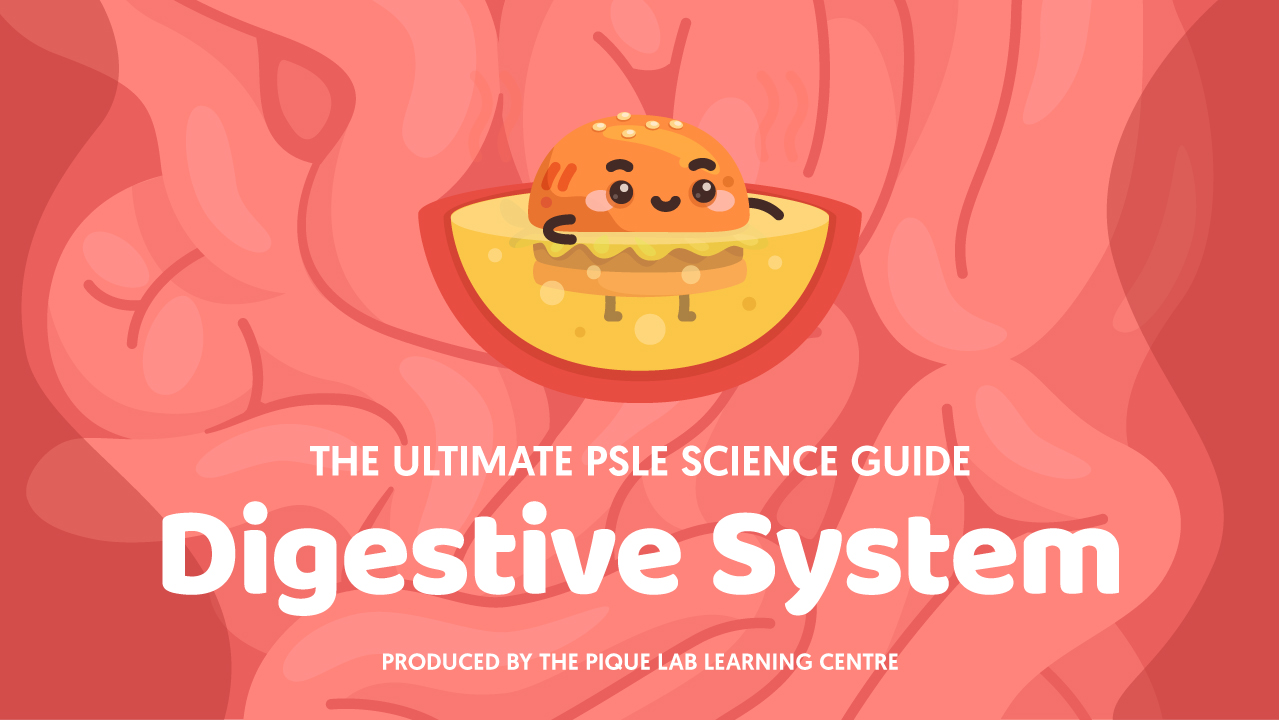Do you know the correct answer to this question: When an object gains heat, can its temperature and its state change at the same time?
In this article, I will be discussing the correct answer to the above question while analysing an examination question on Heat Energy from the 2019 Maris Stella High School (Primary) (MSHS) P5 SA1 Examination Paper.
You may also choose to watch the video here.
Read Also:
Let’s Get Started On This Question!

Source: Maris Stella High School (Primary) – 2019 P5 SA1 Examination Paper [Q36]
Let’s Analyse Parts (A) And (B)
(a) “Tick the appropriate boxes to indicate the heat transfer that takes place at two locations AB and CD.”
(b) Name the processes taking place at AB and CD.
⚠️ Misconception Alert!
Many students observe that the temperature at locations AB and CD are not changing.
Looking at the graph, they tend to immediately conclude that this indicates no heat was gained or lost because the temperature remains constant.
Some students who attempted this question gave that answer. Unfortunately, this is wrong!

This is one of the very common misconceptions that students have regarding heat.
🔥 When heat is supplied to an object, heat energy can do two things:
- Heat energy can cause a change in temperature.
- Heat energy can cause a change in state.
It is important to note that ONLY one of these two things can happen at one time.
An object cannot have a change in temperature and a change in state at the same time.
Let’s discuss these two changes in greater detail:
When an object experiences a change in temperature, the temperature will EITHER increase OR decrease.
When an object experiences a change in state, this refers to processes such as boiling, melting, and freezing.

Let us look at the graph again: At location AB, the graph rests at 0 °C. This means that the ice cubes are undergoing melting.
What about at 100 °C? At this location CD, the water (melted ice) is probably undergoing the process of boiling. These are the answers to part (b).
Suggested Answer For Part (B)
AB: Melting.
CD: Boiling.
⚠️ Misconception Alert!
While students understand the nature of heat energy and transfer, many still believe that there is no heat gain or loss when ice is melting, or water is boiling.
This is because they tend to associate heat gain or heat loss with a change in temperature.
Consider a real-life observation: If you have a pot of boiling water on the stove, the water will stop bubbling when you switch off the flame.
This shows that in order for a change in state to occur, an object still needs to gain heat!
This is regardless of whether the transition is from liquid to gas (boiling), solid to liquid (melting), or liquid to solid (freezing).
🔥 To reiterate: When there is a change in state, there is no change in temperature because they cannot occur at the same time.
However, heat gain or heat loss are still required for either process to take place.
Suggested Answer For Part (A)

Let’s Analyse Part (c)
“State the change of state of water from C to D.”
This question may seem very straightforward. Although most students can observe that water is boiling, they tend to make the grave mistake of failing to answer the question with the right terminology.
Some of these wrong answers include: ‘water vapour’ or ‘water to water vapour’ or even ‘water to gas’! ❌
The key phrase here is the change of state. Now, let’s do a quick recap on the 3 states of matter:

Water is a liquid. And water vapour is a gas.
Suggested Answer For Part (C)
It changes from a liquid to a gaseous state.
Let’s Analyse Part (D)
“Predict the temperature of the contents in the beaker at the 13th minute if the flame is still placed under the beaker.”
Remember these:
- If the flame is still placed under the beaker, we can assume that the water is still boiling.
- Using the concepts addressed in part (a): When there is a change in state, there will not be a change in temperature.
The boiling point of water is 100 °C. As the water is already boiling, the temperature can no longer increase.
Suggested Answer For Part (D)
The temperature of the contents in the beaker will remain at 100 °C.
Conclusion
I have covered the two common misconceptions that many students have about Heat Energy which you must avoid! I have also emphasised the importance of reading the question carefully so that you are able to use the correct keywords and key phrases in your answers.
Check out our other articles on Heat Energy and stay tuned for our new articles! 🙂

If you like our methodology, we've some upcoming workshops:







